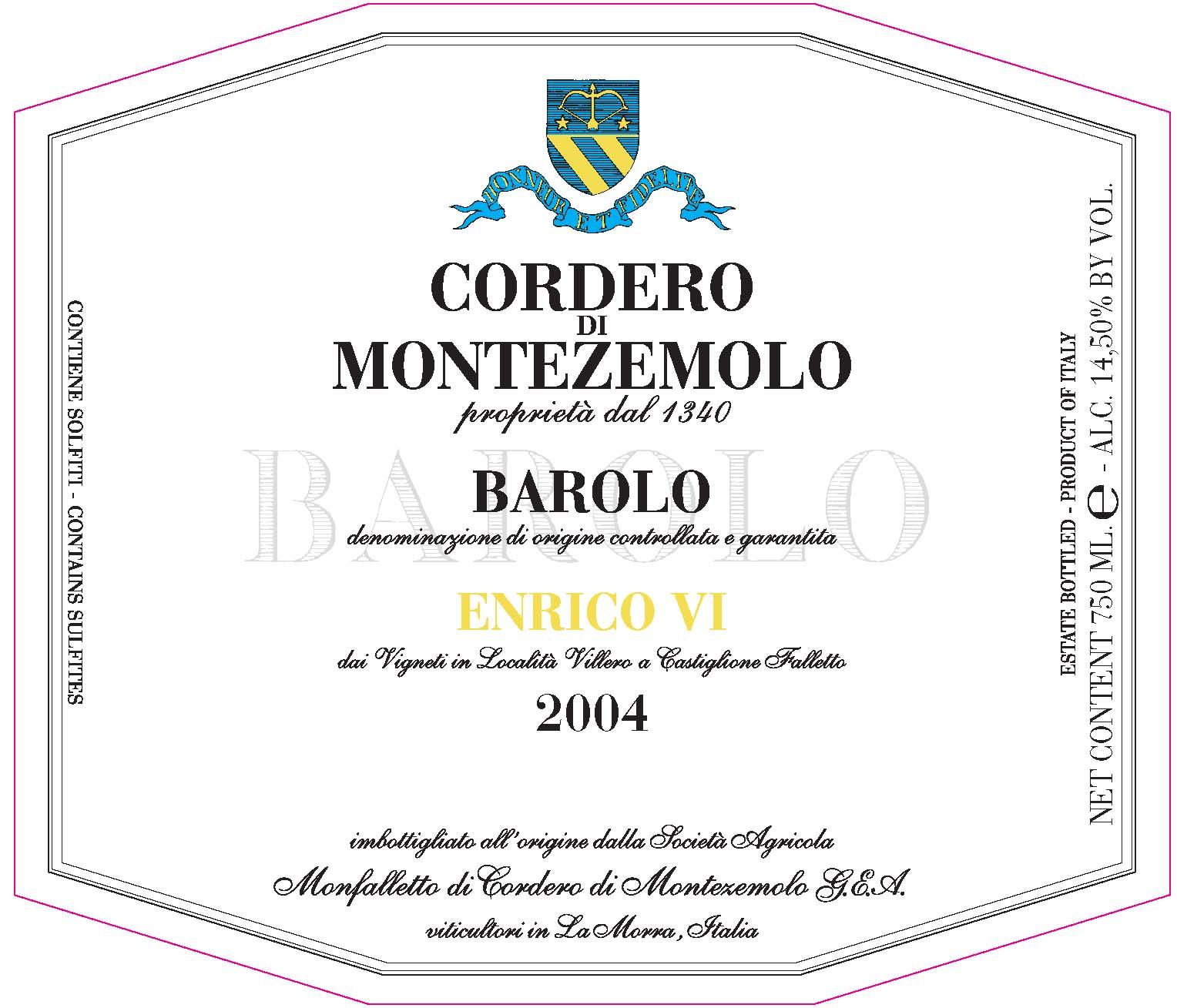2004 Barolo 100% Nebbiolo
The Cordero Di Montezemolo Enrico Vi is a captivating expression of Nebbiolo, hailing from the prestigious Barolo region. This full-bodied red wine showcases a deep garnet hue, inviting you into a complex aromatic experience. With high acidity, it offers a bright and lively palate that beautifully complements the wine's prominent fruit intensity, revealing luscious notes of cherry, plum, and hints of floral nuances. The tannins are well-structured, providing a firm backbone while allowing the wine's vibrant character to shine through. The finish is bone dry, leaving a delightful lingering impression that pairs wonderfully with rich dishes such as braised meats and aged cheeses. This remarkable vintage from 2004 is a true testament to the quality and elegance of Barolo wines, making it a must-try for aficionados.
The Cordero Di Montezemolo Enrico Vi is a captivating expression of Nebbiolo, hailing from the prestigious Barolo region. This full-bodied red wine showcases a deep garnet hue, inviting you into a complex aromatic experience. With high acidity, it offers a bright and lively palate that beautifully complements the wine's prominent fruit intensity, revealing luscious notes of cherry, plum, and hints of floral nuances. The tannins are well-structured, providing a firm backbone while allowing the wine's vibrant character to shine through. The finish is bone dry, leaving a delightful lingering impression that pairs wonderfully with rich dishes such as braised meats and aged cheeses. This remarkable vintage from 2004 is a true testament to the quality and elegance of Barolo wines, making it a must-try for aficionados.




